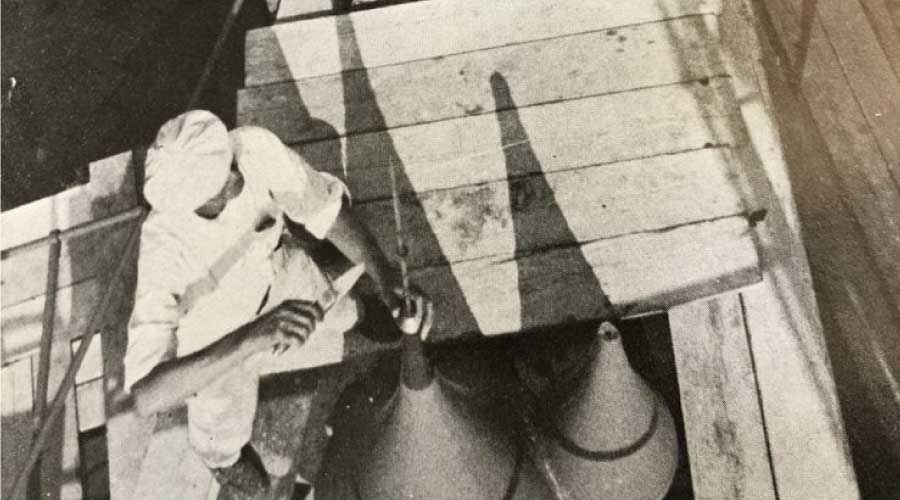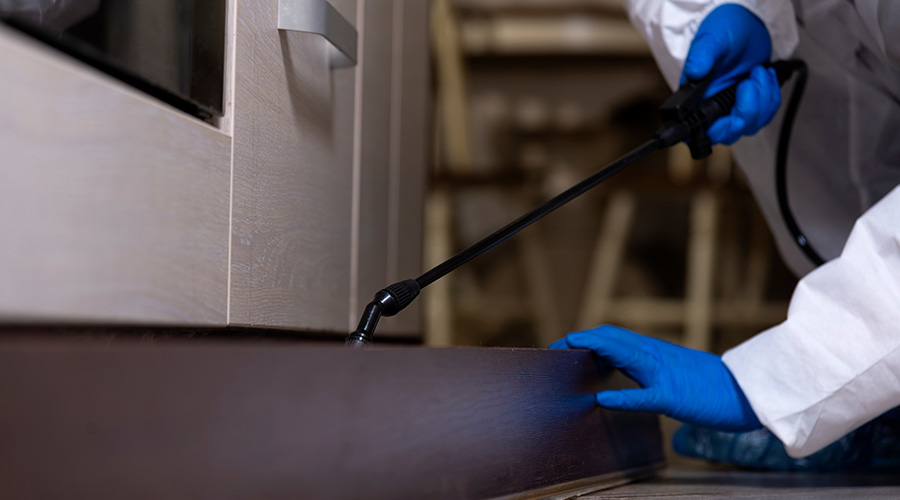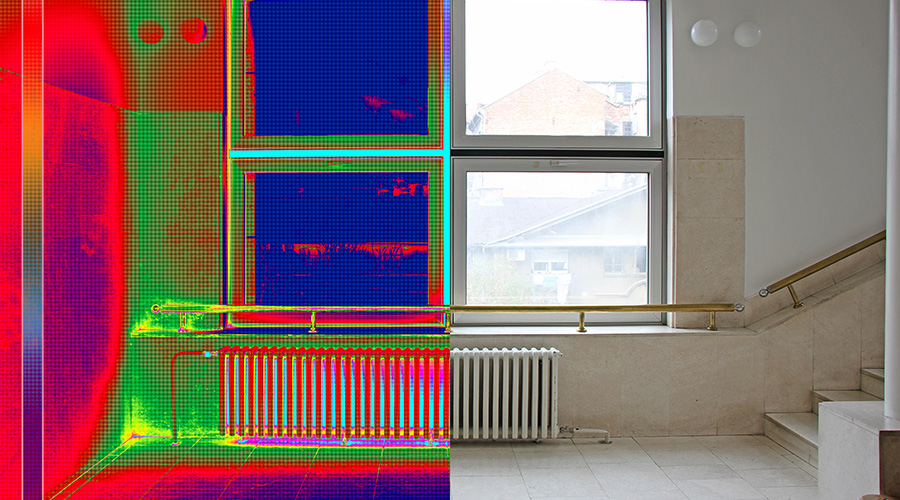Stimulus Funds Go Beyond K-12 School Districts
Much of the attention paid to funds for school modernization provided by the American Recovery and Reinvestment Act of 2009 (ARRA) has focused on “shovel ready” maintenance and repair projects. But ARRA also includes several other measures designed to help K-12 school districts raise funds to build new schools and modernize existing facilities.
• School Construction Bonds. State and local governments can issue up to $22 billion in qualified school construction bonds — $11 billion in 2009 and $11 billion in 2010. Districts can use this new type of tax credit bond for the construction, rehabilitation or repair of a public-school facility or to acquire land on which to build such a facility. Tribal schools receive an additional $400 million of the bonds — $200 million in 2009 and $200 million in 2010. The U.S Treasury has not yet issued details about this bond program.
• Qualified Zone Academy Bonds (QZAB). ARRA has increased funding for this existing program for schools by $2.8 billion — $1.4 billion in 2009 and $1.4 billion in 2010. Districts must use QZABs for rehabilitating or repairing public-school facilities, investing in new equipment and technology, developing challenging course materials, and training teachers. Districts cannot use QZABs for new construction.
Beyond these sources of revenue, ARRA provides additional stimulus money for schools, as well as other types of facilities. ARRA provides:
• $3.2 billion to the U.S. Department of Energy for Energy Efficiency and Conservation Block Grant program and $3.1 billion for its State Energy Program. School energy-efficiency projects are eligible for funding through both programs.
• $200 million to the National Science Foundation for funding modernization of academic research facilities
• $1 billion to the National Institutes of Health for funding the construction, renovation, and repair of biomedical and behavioral research facilities at non-federal research institutions, including colleges and universities.
• $180 million to the National Institute of Standards and Technology for a competitive construction grant program for research science buildings
• $100 million for construction grants to Impact Aid school districts — generally, those serving students from government installations or Indian tribes. Forty percent of the funds go to formula grants, and 60 percent go to competitive grants for emergency repairs and school modernization.
• $1.2 billion for Veterans Administration (VA) hospital and medical facility construction and improvements, long-term care facilities for veterans, and improvements at VA national cemeteries
• $3.1 billion for repair, restoration, and improvement of public facilities on public and tribal lands
• $4.2 billion for facilities sustainment, restoration and modernization to be used to invest in energy-efficiency projects and to improve the repair and modernization of US. Department of Defense facilities, including Defense Health facilities
• $4.5 billion for repair of federal buildings to increase energy efficiency using green technology.
Related Topics:
















